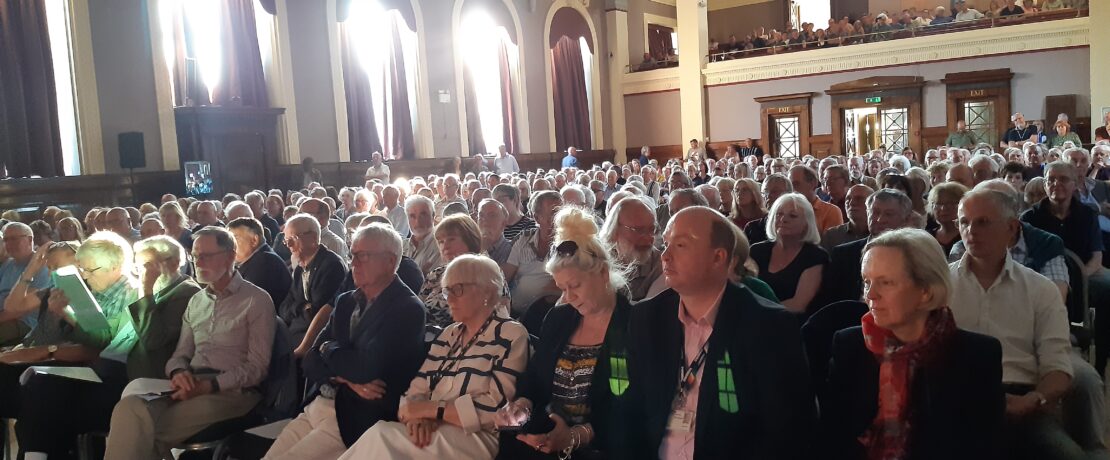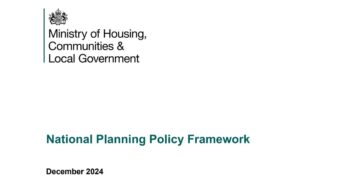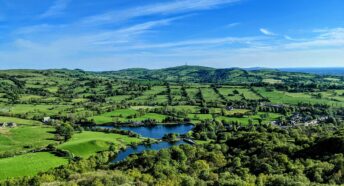CPRE plays major role in keeping Wirral Green Belt protected
Thanks to evidence-led campaigning by CPRE and other community groups, proposals to release sites from the Wirral Green Belt for development have been overturned. Instead, new development will focus almost entirely on much-needed urban regeneration.
The welcome news comes with Wirral Council’s adoption on 31 March 2025 of a new Local Plan directing development to brownfield sites.
When Wirral Council first started developing the new Local Plan back in 2018/19, the clear threat to countryside in the Borough rang alarm bells with local people. In addition to putting precious green spaces at risk, the Plan proposals presented a danger to the ecology of important wetlands (through a reduction in nearby habitat and increased visitor numbers).
Launching the campaign
Concerned community members and groups quickly came together to form a campaign group under the umbrella of The Wirral Society – the Wirral Green Space Alliance (WGSA). As the local CPRE group, the Society then linked up with other North West CPRE groups for support.
In challenging the proposals, WGSA and CPRE brought together on-the-ground knowledge and professional planning expertise.
Producing the evidence
The first step for the campaign group was to identify brownfield sites not included in the Council’s original proposals. This research found an additional 60 hectares of urban and formerly developed land with potential for development. CPRE’s Brownfield Land Register Toolkit proved invaluable in helping compile the list and collate the comprehensive information the Council would need. The list of sites was then submitted to the Council.
Campaigners also persuaded the Council to reassess all brownfield sites to see where there was a reasonable prospect of development coming forward. Land surveyors found additional land that was suitable for development, and willing development partners were identified.
In addition, the group put forward statistical data showing that life expectancy in Wirral’s more derelict eastern areas is 10 years less than in the more affluent parts, demonstrating clearly the need for regeneration.
Brownfield-first draft plan
These efforts convinced the council to change focus, replacing the original Green Belt proposals with a brownfield-first approach. This in turn led to a draft brownfield-only Plan – one of the first in the UK – which was submitted to the Planning Inspectorate for examination. This is a statutory step in the Local Plan process.
Interestingly, the Council’s planning committee were on board with the campaign’s arguments right from the start. Committee members from different areas and different political backgrounds all agreed on the importance of leaving the Green Belt alone. They shared the view that the priority should be to regenerate the deprived areas and to secure much-needed new transport and other infrastructure. Over time, the campaign won the unanimous support of all Wirral Borough’s councillors.
Making the case during the examination process
With well-funded developers lodging major objections, the examination process proved lengthy and complex. Further challenges arose for campaigners during the examination period when a developer consortium appealed against the Council’s refusal of plans for 7 major urban fringe Green Belt developments.
To cover the costs of legal and planning representation for both the examination and the appeal, campaigners successfully raised over £40,000.
After thorough consideration of all the evidence submitted, the Planning Inspectors finally gave the Plan the green light in March this year. This means the Council now have a solid foundation on which to base their regeneration programme while protecting the Borough’s rich natural and built heritage.
A breathing space in the face of fresh challenges
We are aware, however, that the way ahead is unlikely to be straightforward. Government planning reforms with new statutory housing targets are bringing fresh challenges, and there is a strong possibility of renewed pressure from volume house builders.
To avoid being forced to reconsider Green Belt sites, the Council will need to implement Plan proposals fast. They may also need to identify further new sites for potential development. Nevertheless, the positive outcome of the campaign provides a breathing space and shows that communities using evidence-led arguments can successfully influence even strategic-level planning decisions.
CPRE will be showcasing Wirral Borough as a good example of how it is possible to avoid unnecessary loss of land in the countryside by proving that previously-used land is available – a win for people, place and nature.








